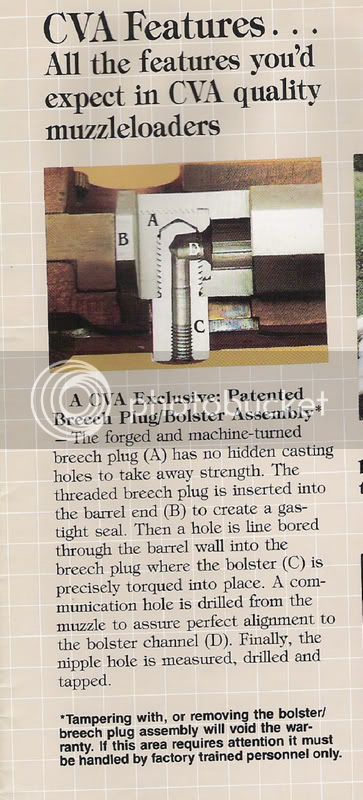I had some real problems with my Traditions Springfield Hawkens rifle on my last hunting trip :idunno: The rifle has 1/48 twist , 28 long barrel , I use Pirodex 90grains , shooting a 275 gain Maxi ball.condom over the barrel , rubber gascet over the cap/nipple.
The weather was raining 45 the first day ,Sunny 45 the secound and same for the third day.
my problem was that I could not get the rifle to shoot !! I had to pour some powder down the nipple hole to get it to go off. needless to say I was not happy . After the fist shot everything was fine but getting that first shot to fire was a problem. I don't know if I am useing a crappy rifle or what.
Any Ideas!! :idunno:
The weather was raining 45 the first day ,Sunny 45 the secound and same for the third day.
my problem was that I could not get the rifle to shoot !! I had to pour some powder down the nipple hole to get it to go off. needless to say I was not happy . After the fist shot everything was fine but getting that first shot to fire was a problem. I don't know if I am useing a crappy rifle or what.
Any Ideas!! :idunno:





